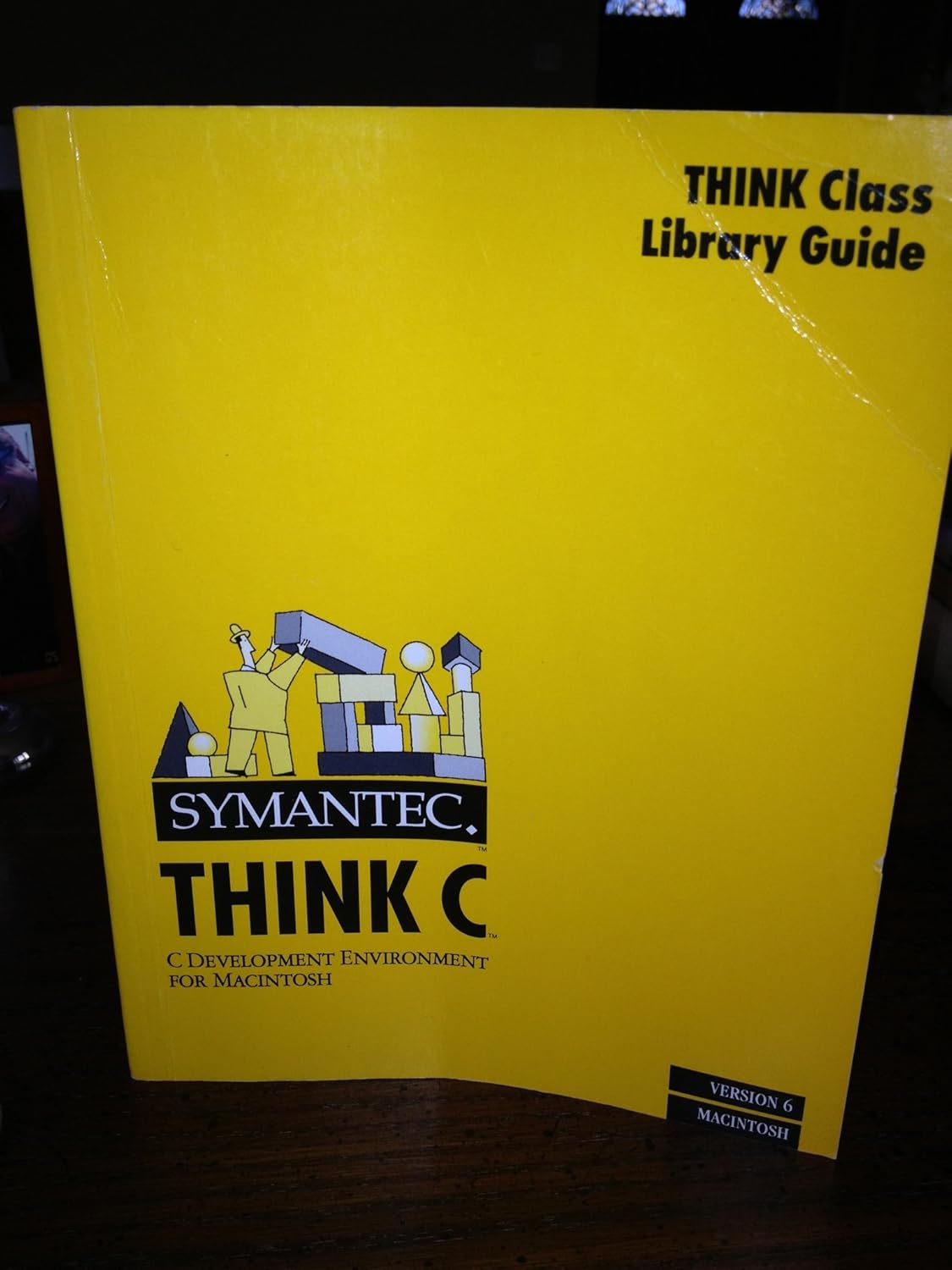This is part 2 of my blog series on the history of my app Numerology. See Part 1 here.
The First Version
It was the very early 90’s. Steve Jobs was at NeXT. I had some model of Macintosh II running on a 680x0 processor. I also had a compiler for C with object-oriented extensions (basically a subset of C++), called THINK C, with a class library called TCL, or the Think Class Library. For more about THINK C, see this article.

THINK C Manual
Around this time, I was a big fan of NeXT and badly wanted to use their development tools. So badly, that I created my own Objective-C runtime in C and a class library based on TCL that I and other co-workers used at work. But, that’s another story.
I remember creating a Mac app with a design that is not too different from the iPad today. There was a sidebar with a list of profiles that you could manage. Selecting a profile would display their chart and selecting a number in the chart would display the reading for the number.
I wish I had some screenshots, but I don’t. This was before the internet, before sharing was common.
It was just a side project. Selling your software wasn’t easy. You had to find a publisher who would package it all up and put it in stores. They would take like 80% of the profits or something. You can see why Apple thinks 30% is reasonable, but they’re still living in the past.
There was shareware back then. You could post your software on bulletin boards or the like, or place ads in magazines and literally send disks to people and they would have to send you money through snail mail.
So, this version was not sold anywhere. The source code just sat on my hard drive (on various machines through the years, including PCs). I thought of re-writing it in Delphi at one point, but never did.
I went to NeXT World in 1993, where everybody received the Intel version of NeXTSTEP. I tried to get it to work on my PCs at the time, but couldn’t get it to work. I just read about Objective-C and the great NeXT frameworks and wished I could use them. In 2001, I would finally get my chance.
Stay tuned for part 3, where I’ll talk about the era before the App Store.